CITIES AS/ A SYSTEM
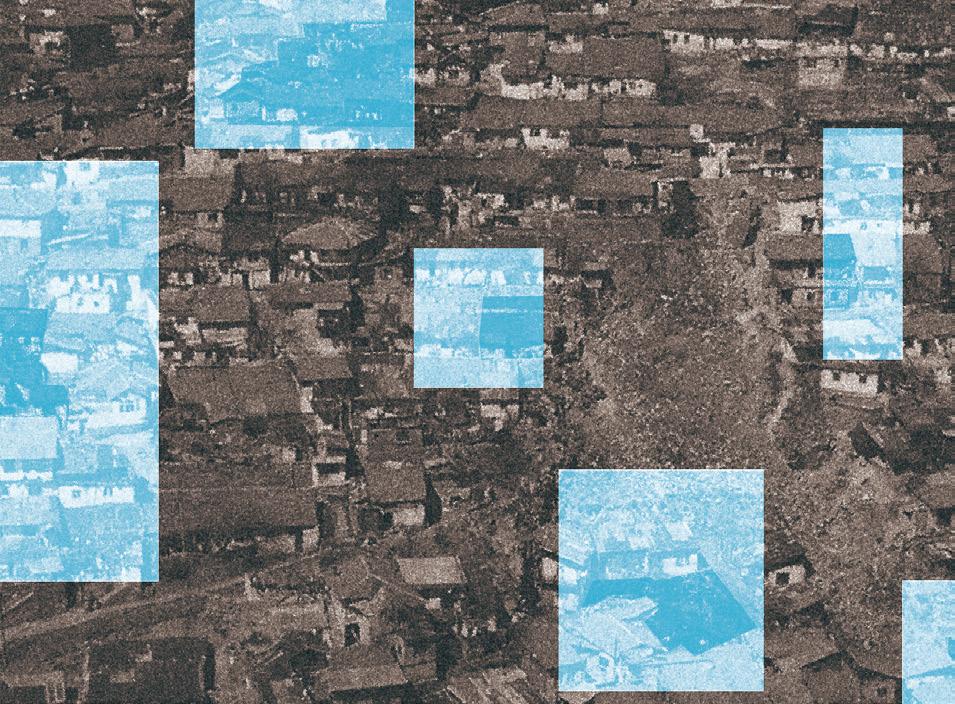
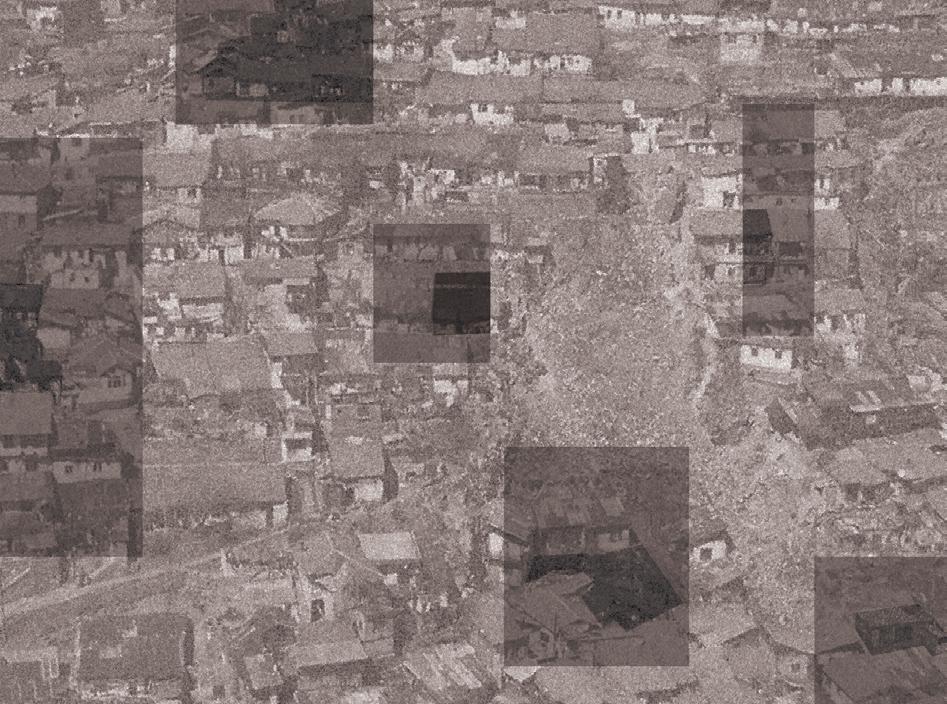
The advent of cybernetics and the progression of information technology in the previous century have led to a growing perception that conventional urban planning methods are becoming increasingly inadequate.Hall describes the impact of cybernetic thinking on urban planning, a development that he terms ‘cybernated planning’ (Hall, 1992, p. 6). This emerged out of traditional, formalist ideas of planning as production of plans for the future desired state of the area and ‘towards the new idea of planning as a continuous series of controls over the development of the area, aided by devices which seek to model or simulate the process of the development so that this control can be applied’ (Hall, 1992, p. 5). Moreover, the impact of cybernetics on urban planning can also be seen in the conceptualization of the city as a system, as demonstrated by models such as the "plug-in city" and Crompton's "Computer City Project" from 1964. It is also interesting to note that an early use of the term ‘ smart city ’ by Hall in later literature as:
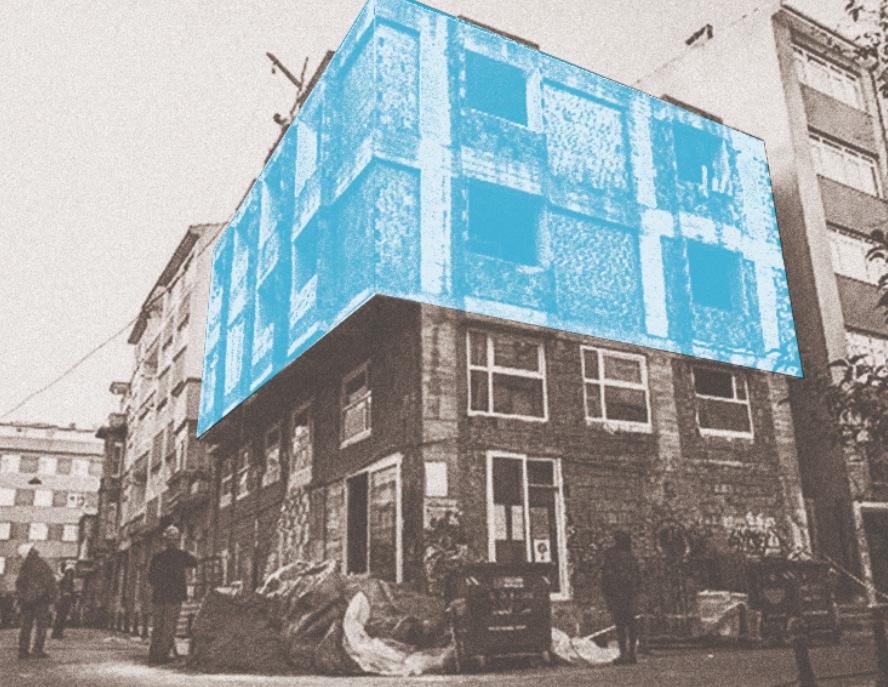
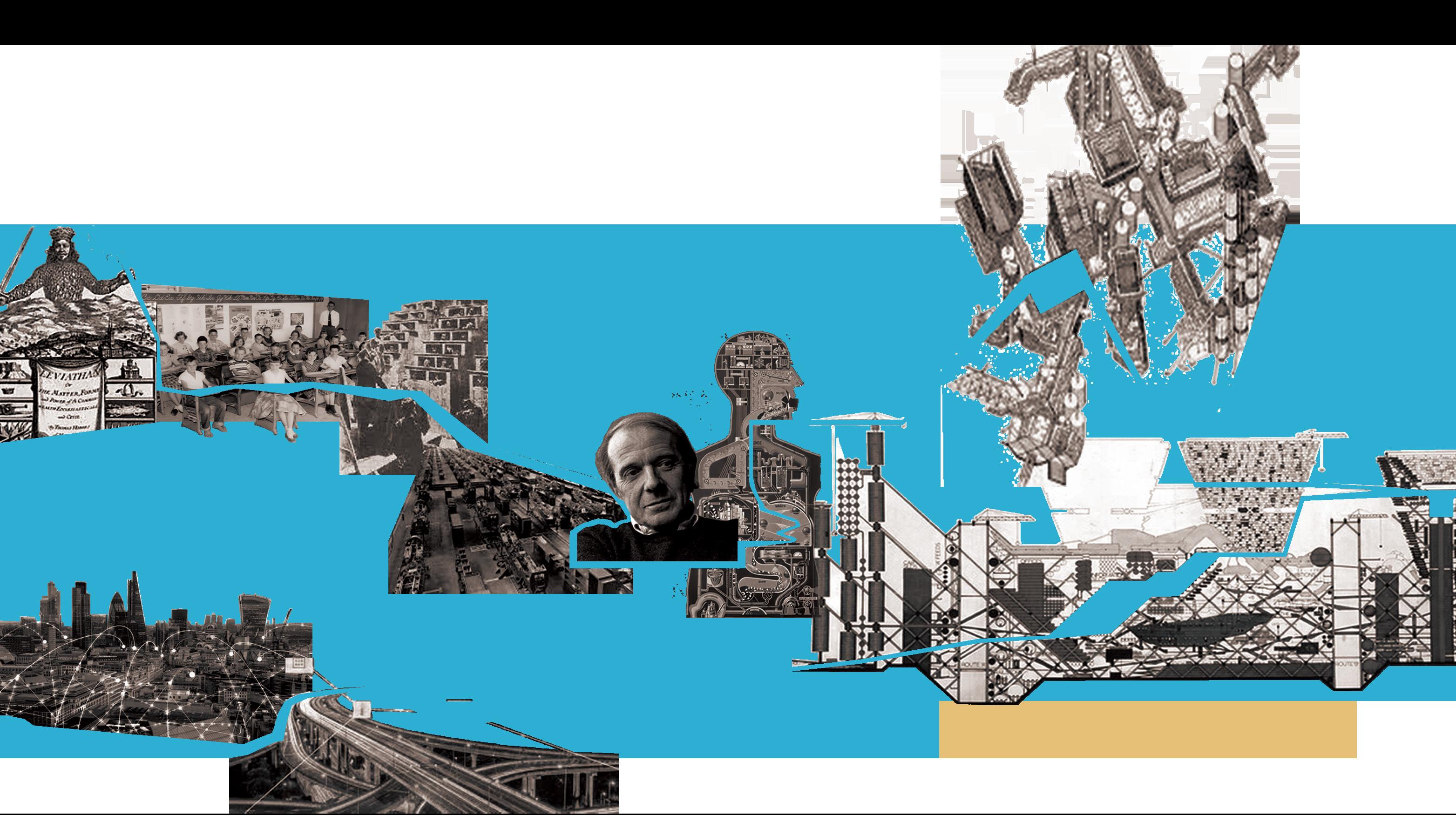 Cybernetics and traditional planning
Cybernetics and traditional planning
D esigned , constructed and maintained, making use of advanced, integrated materials, sensors, electronics, and networks which are interfaced with computerized systems com[1]prised of databases, tracking, and decision-making algorithms … At the most superficial level is the fundamental component and its associated "feedback" or self-monitoring mechanism(s).
It is evidenced that Cybernetics, as well as the concept of smart cities, had a significant impact on urban planning approaches and introduced a technologically informed system thinking to address what was perceived as 'wicked' problems of urban complexity
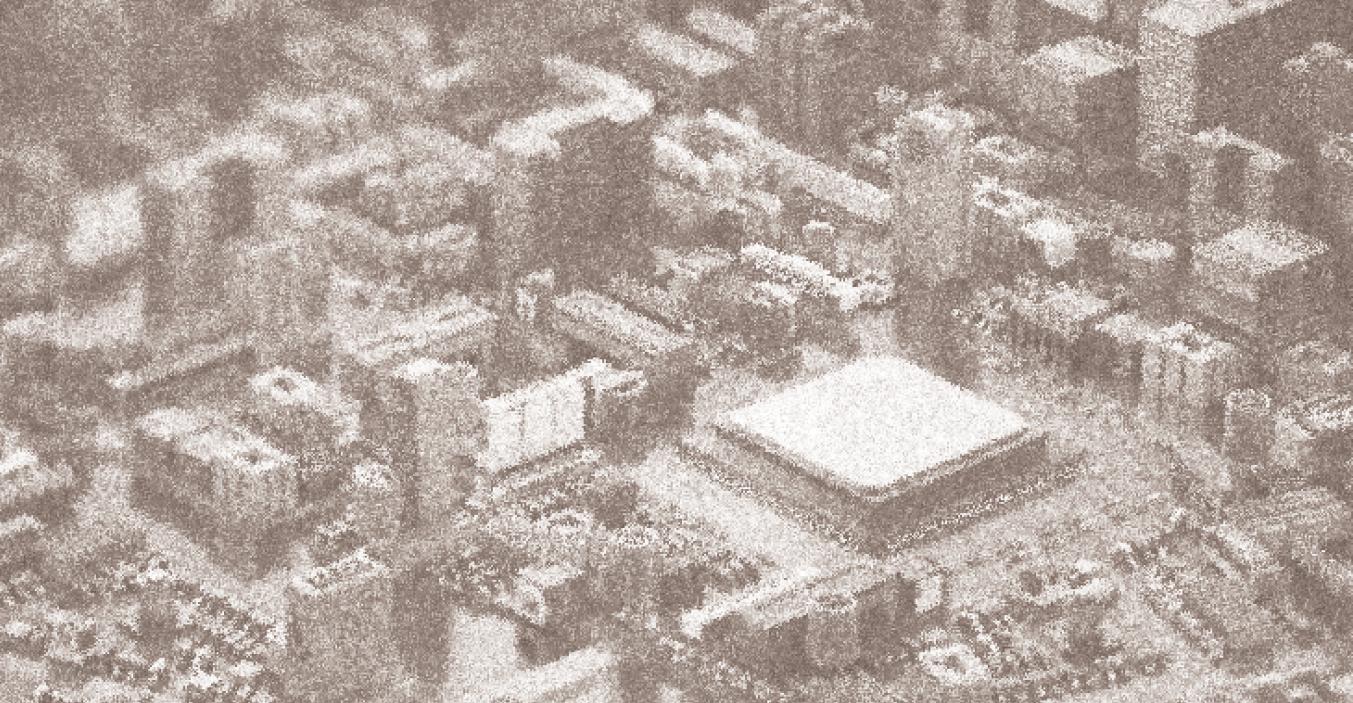
The discourse on smart cities with the application of cybernetics is anchored in the idea that cities inherently pose challenges that require systematic solutions to mitigate. Proponents of this view frame the complexities of urban life as a problem that can be addressed by implementing technologybased solutions .Empirical studies by several authors have illustrated that the inadequacy of contemporary city systems is rooted in outdated urban planning practices, which are perceived to have been unable to effectively handle the intricate components of cities, particularly the technological ones (Firmino, Aurigi & Camargo, 2006; Cowley & Caprotti, 2019; Van Hulst, 2012; Graham, 1997). The discourse surrounding smart cities often depicts urbanization as a crisis. It presents the city as a patient needing treatment, with the urban character being the primary focus of the problem.
Wicked problems are complex, multi-faceted, and difficult to define, solve, or measure. In the 1960s, Horst Rittel and Melvin Webber(1973) introduced the concept of " wicked problems " to challenge the cybernetic approach to urban planning and governance. They argued that the problems faced in cities, such as inequality, civil unrest, and urban renewal, could not be addressed with a simple, scientific approach because they are shaped by diverse values and constantly changing contexts. Furthermore, solutions to these problems have unexpected consequences, making it difficult to test them accurately. As a result, Webber and Rittel (1973) posited that urban planning challenges are inherently political. Various challenges that smart cities aim to resolve, such as climate change or mudslides, are considered wicked problems due to their complexity and the challenges they pose to finding solutions.
CITIES AS/ A WICKED PROBLEM
CITIES AS/ CHALLENGES OF COMPLEXITY
In her seminal work from 1961, Jane Jacobs offered a comprehensive critique of modern urban planning practices, characterizing it as a "pseudoscience" with a problematic preoccupation for replicating failed empirical approaches and disregarding successful ones. (Jacobs, 1993 [1961], p. 183) She made an appeal to urban planners and city policymakers to comprehend the complex and interrelated nature of the issues facing cities . Jacobs believed that the solution lies in comprehending and utilizing the inherent order of cities, incorporating the most insightful findings from new sciences and pragmatic methods.
The background to Jane Jacobs' book is the proposed construction of a highway in Greenwich Village, where she lived, by New York city planner Robert Moses in 1955. Moses subscribed to the modernist urban planning ideology, which viewed cities as diseased and sought to address this through large-scale infrastructural solutions, often resulting in the destruction of city features.
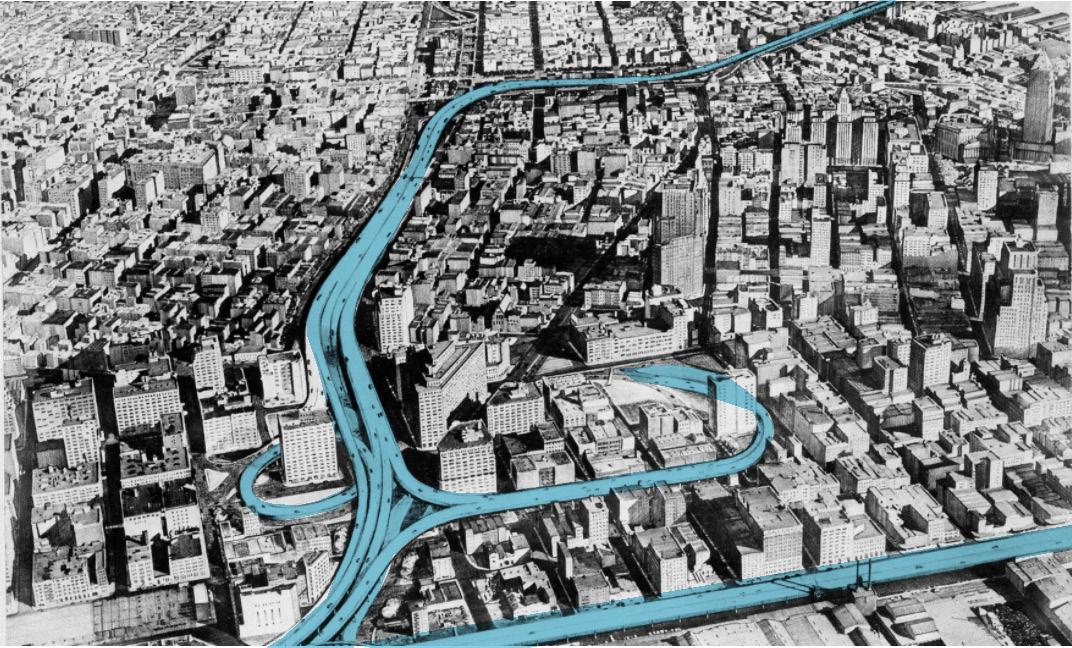
In contrast, Jacobs argued for the importance of social capital , which is linked to the physical form of the city, such as its streets, sidewalks, parks, and mix of uses. She developed a thesis valuing small-scale city neighborhoods and their unique elements and character, and drew evidence from her own neighborhood to show its transferability to other urban contexts. A central focus of her study was the role of everyday street life in urban areas, referred to as "sidewalk ballet."
under the seeming disorder of the old city , wherever the old city is working successfully, is a marvelous order for maintaining the safety of the streets and the freedom of the city. It is a complex order . Its essence is intricacy of sidewalk use, bringing with it a constant succession of eyes … The ballet of the good city sidewalk never repeats itself from place to place, and in any one place is always replete with improvisations. (Jacobs, 1993 [1961], p. 50)
Jane Jacobs introduced a novel perspective on urban planning by emphasizing the importance of the chaotic, small-scale, and social characteristics of a place, as well as diversity . This approach, at the time considered revolutionary, remains relevant today. Moses , a proponent of modernist urban planning, believed that the solution to the problems of cities was through the introduction of top-down , infrastructure-led regeneration. This perspective was challenged by Jacobs, who viewed the complexity of the lived city as being defined by its localized and social characteristics , rather than the controlled and centralized city system represented by the proposed road. The largescale smart cities projects of today can be seen as similar in that they seek to introduce a technologized infrastructure that dominates the heart of a city's neighborhoods.

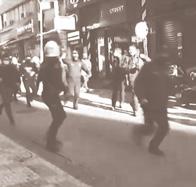
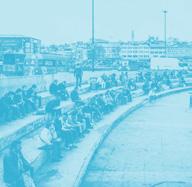
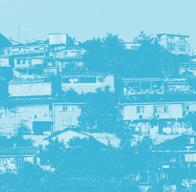
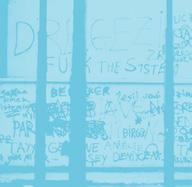
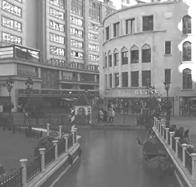

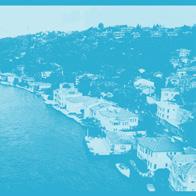


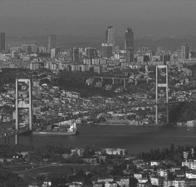







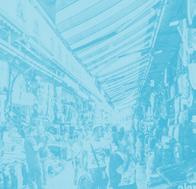





Jacobs challenged conventional modern city planning by arguing that it had consistently mistaken cities as problems of what she termed ‘simplicity’ and of ‘disorganized complexity’, and had tried to analyse them and treat them as such. She argued that it was not enough for administrators in most fields to understand specific services and techniques, and that instead they needed to ‘understand, and understand thoroughly, specific places’ (Jacobs, 1993 [1961], p. 410). Drawing on thinking from the life sciences she put forward a hypothesis as below where she argues that the solution lay in thinking about cities as problems characterized by unexamined but obviously interconnected and understandable relationships that could only be revealed by observing its small-scale processes.
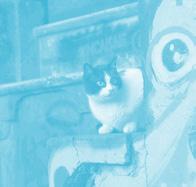
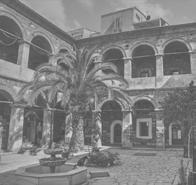
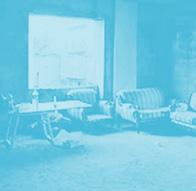


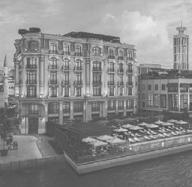
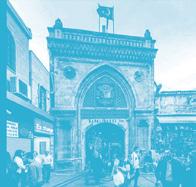








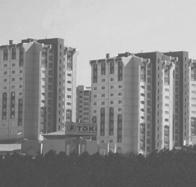
cities happen to be problems in organized complexity … they do not exhibit one problem in organized complexity, which if understood explains them all. The variables are many, but they are not helter-skelter, they are ‘ interrelated in an organic whole ’. (Jacobs, 1993 [1961], p. 433)
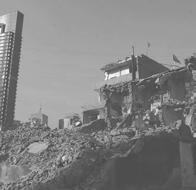
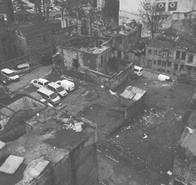

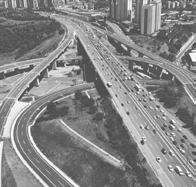





 Robert Moses
U.S. city planners and public officials
Jane Jacobs
The Death and Life of Great American Cities
Robert Moses
U.S. city planners and public officials
Jane Jacobs
The Death and Life of Great American Cities
IN HER LATER YEARS, JANE JACOBS DEVOTED HERSELF TO SOCIOLOGICAL RESEARCH AND ACTIVISM, ADVOCATING FOR BOTTOMUP APPROACHES TO URBAN PLANNING. DESPITE THIS, WE CONTEND THAT CITIES, AS COLLECTIVE ENTITIES, STILL REQUIRE TOP-DOWN CONSTRAINTS TO DIRECT THEIR DEVELOPMENT TRAJECTORY. SIMILAR TO THE IDEA NOTED BY K. R. POPPER'S (1973) CONCEPT OF THE "CLOUD AND CLOCK," WHICH WE ASSERT THAT CITIES CAN BE BOTH FLEXIBLE AND STRUCTURED AT THE SAME TIME. THUS, CITIES CAN BE VIEWED AS THE RESULT OF THE ONGOING TENSION BETWEEN RATIONAL, TOP-DOWN URBAN PLANNING AND SOCIALLY-DRIVEN, BOTTOM-UP APPROACHES TO URBAN COMPLEXITY. WITH REGARDS TO SPATIAL EXPRESSION, NARRATIVE DESIGN OR PLACE-MAKING IS A WIDELY ADOPTED APPROACH AMONG ARCHITECTS AND SPATIAL DESIGNERS, IMBUING EACH SPACE WITH ITS OWN UNIQUE STORY. THE CITY, AS AN ASSEMBLAGE OF SPACES, CAN BE SEEN AS A
COLLECTIVE COLLECTION OF NARRATIVES, A "META-STORY." IN THIS PROJECT, WE WILL CONSIDER THESE META-STORIES AS OUR SITE AND USE MACHINE LEARNING TECHNIQUES SUCH AS SELF-ORGANIZING MAPS (SOM) TO GUIDE THE DESIGN PROCESS. WE WILL ALSO INCORPORATE PERSONA LIKE SOCIAL ACTIVISTS AND JANE JACOBS INTO THE DESIGN, ELICITING CONFLICT WITH TOPDOWN PLANNING IN A MANNER THAT MIRRORS THE EXISTENCE OF CITY ITSELF.
MYTHODOLOGY
MYTHODOLOGY
MYTHODOLOGY
MYTHODOLOGY
MYTHODOLOGY
MYTHODOLOGY
MYTHODOLOGY
MYTHODOLOGY
MYTHODOLOGY
MYTHODOLOGY
MYTHODOLOGY
MYTHODOLOGY
MYTHODOLOGY
MYTHODOLOGY
MYTHODOLOGY
MYTHODOLOGY
MYTHODOLOGY
MYTHODOLOGY
MYTHODOLOGY
MYTHODOLOGY
MYTHODOLOGY
MYTHODOLOGY
MYTHODOLOGY
MYTHODOLOGY
MYTHODOLOGY
MYTHODOLOGY
MYTHODOLOGY
MYTHODOLOGY
MYTHODOLOGY
MYTHODOLOGY
MYTHODOLOGY
MYTHODOLOGY
MYTHODOLOGY
MYTHODOLOGY
MYTHODOLOGY
MYTHODOLOGY
MYTHODOLOGY
MYTHODOLOGY
MYTHODOLOGY
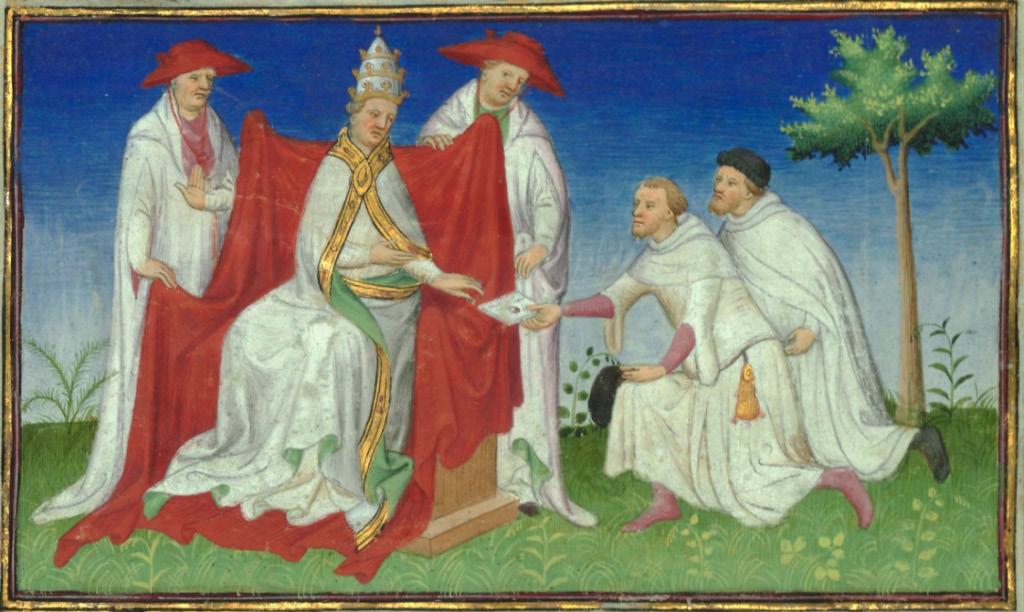
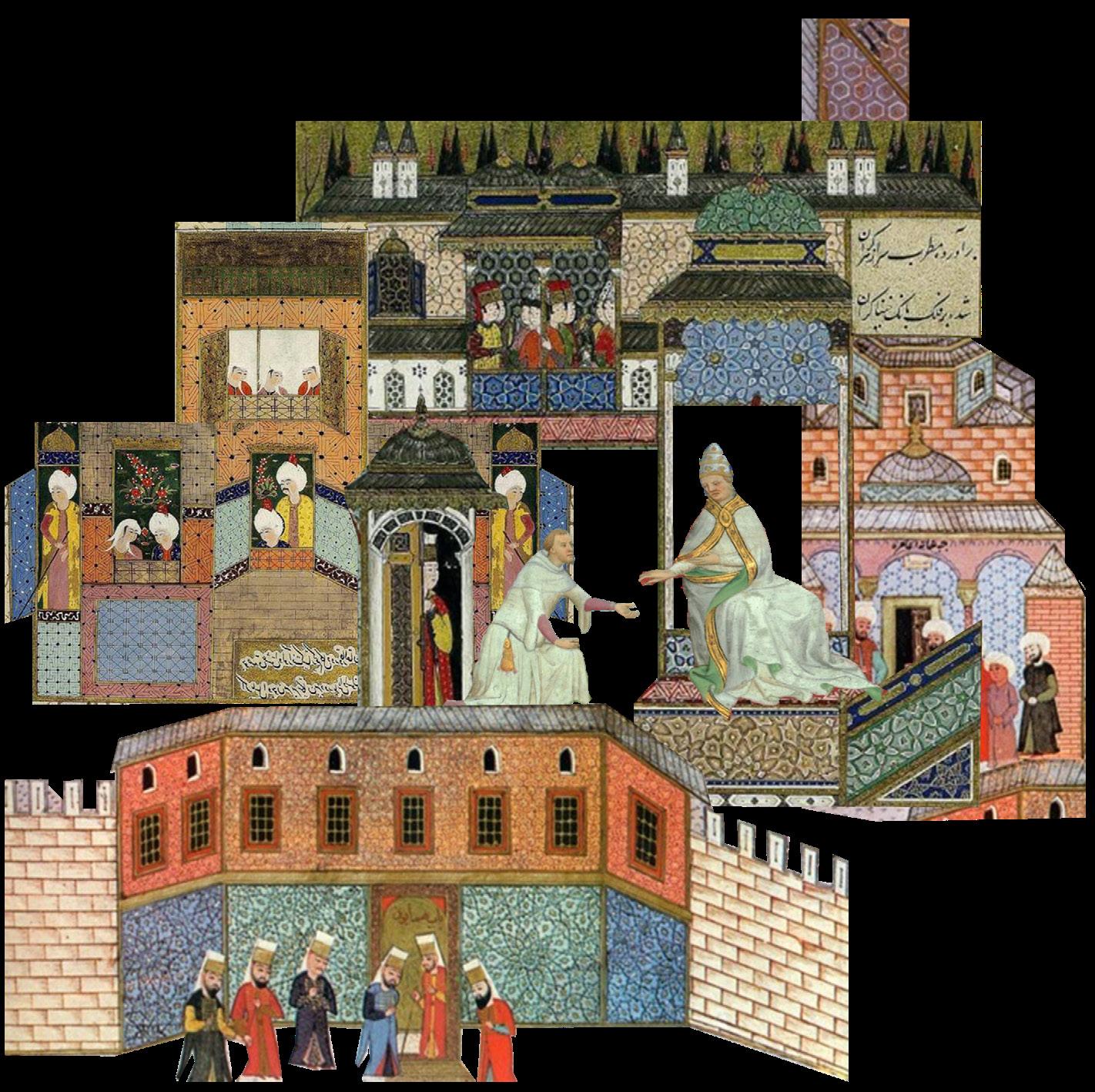
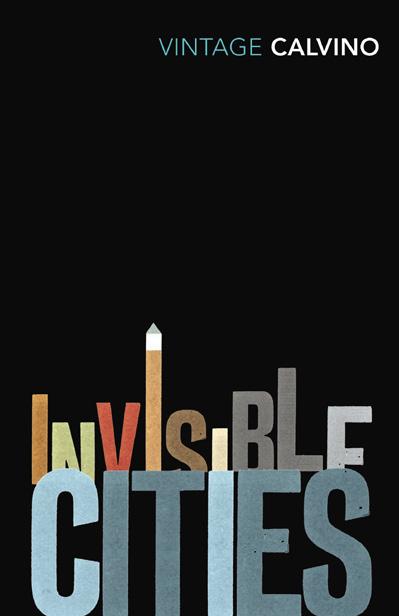
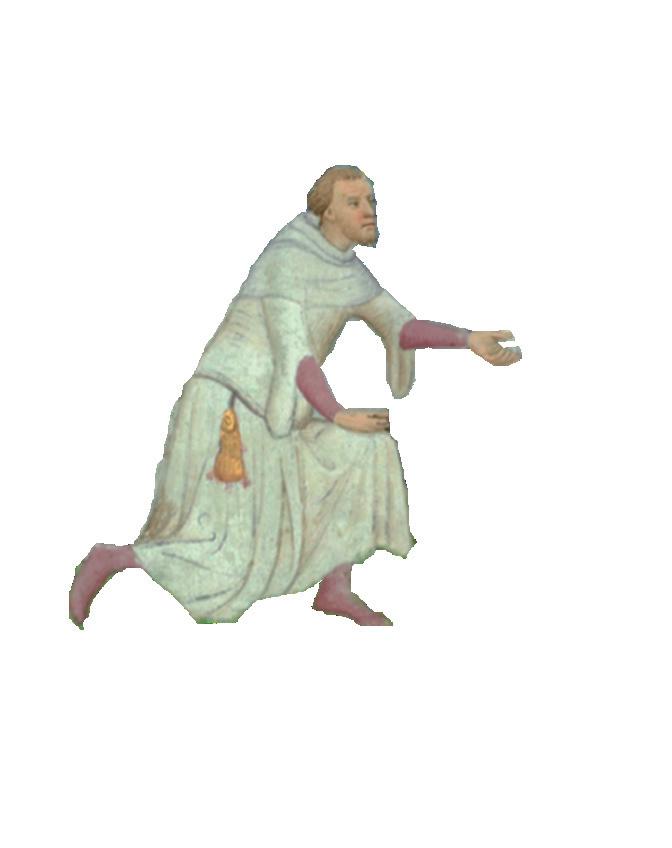
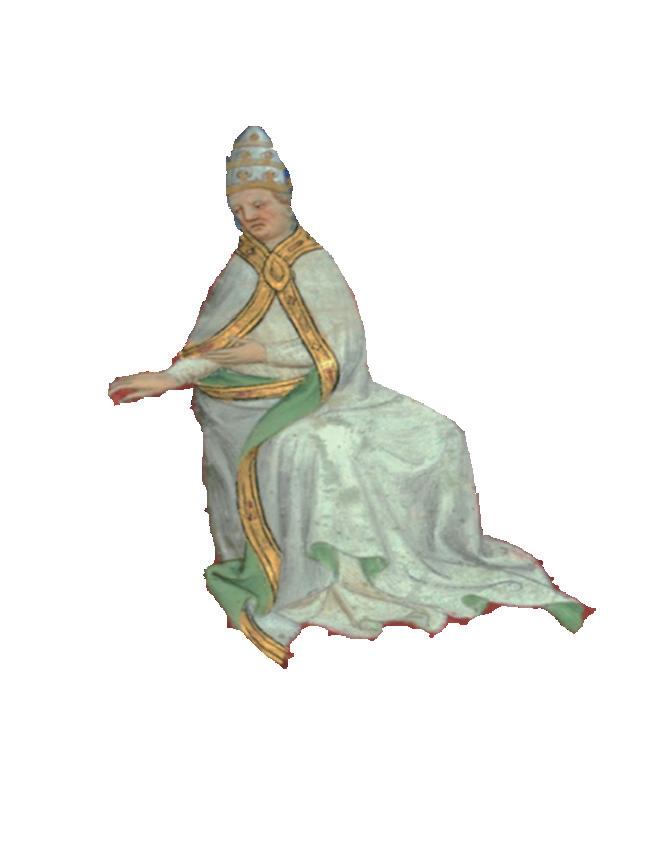
The roles of the two parties begin to be generated. this conversation between them can happened straight away. We see this conversation (or tension) as the universal prototype for urban model. by projecting this prototype onto the Istanbul context. it allows the prototype to stretch itself to adapt whatever the shape it has been projecting onto. In this case. Istanbul.



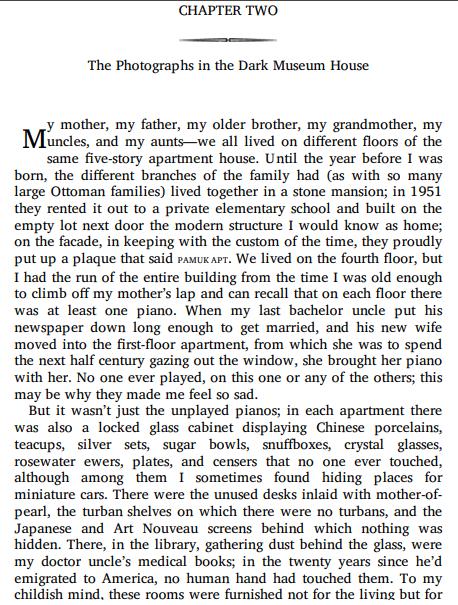

This layer of urban prototypes istanbul, like the self organizing map learning process, is not the data itself, but another layer added on top of the respect for the urban complexity.
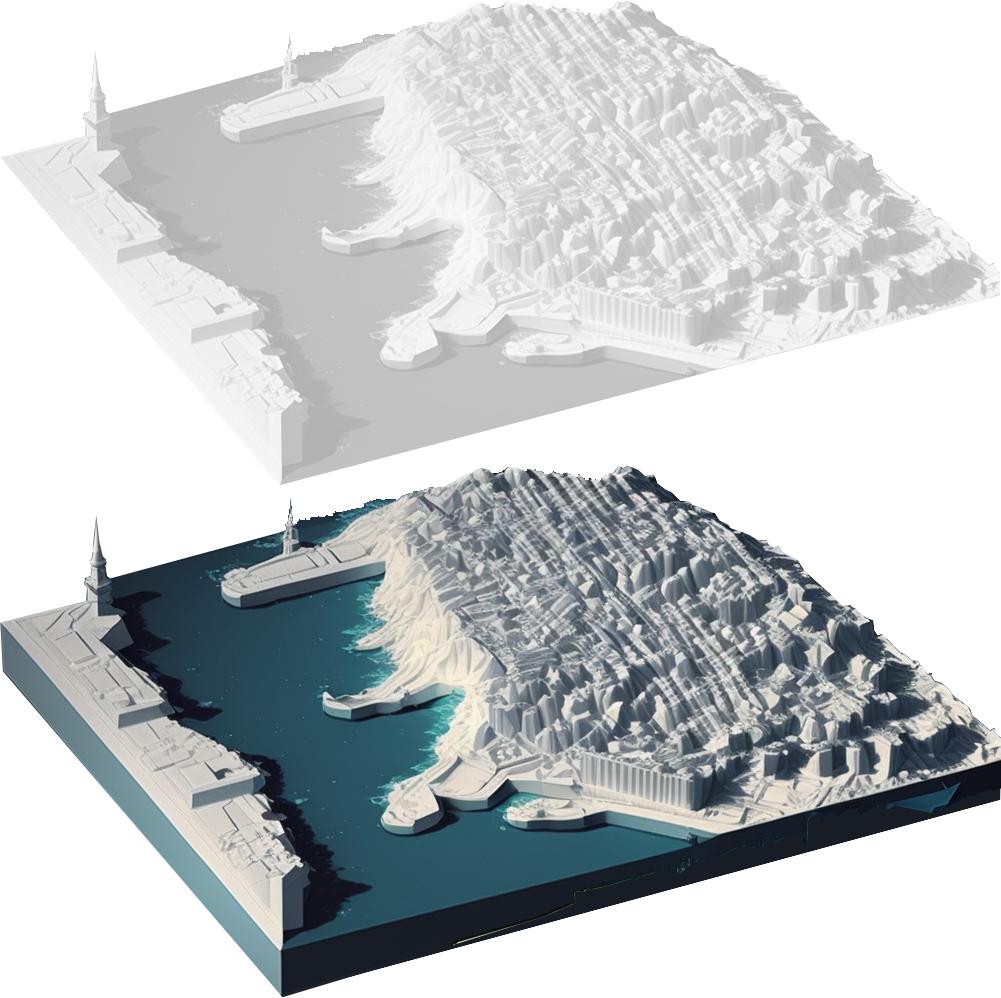
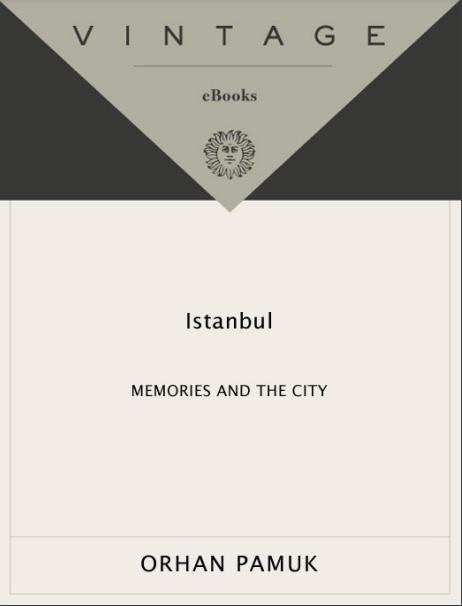
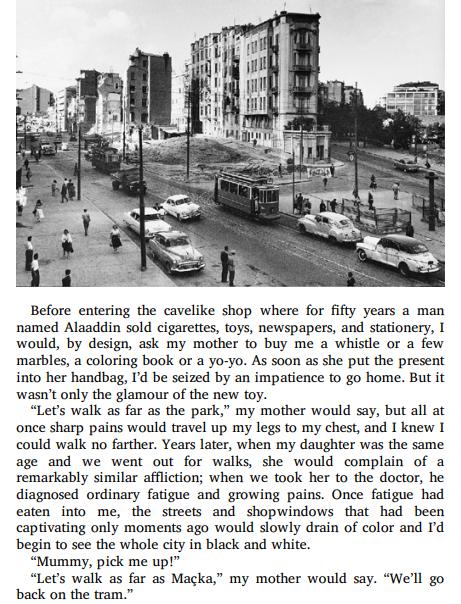

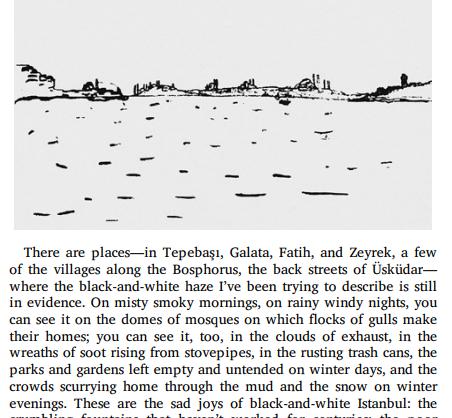

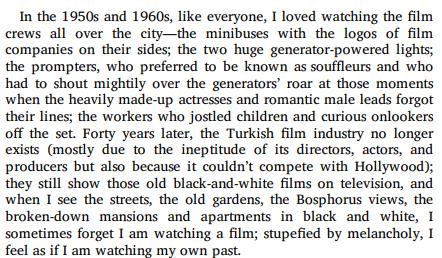

Reshaped “City” Prototype
The Real City of Istanbul
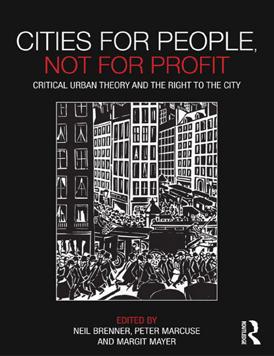
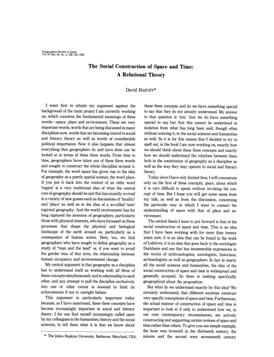
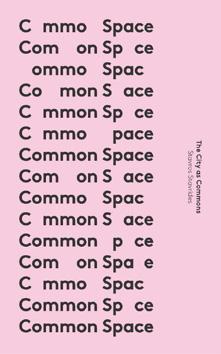
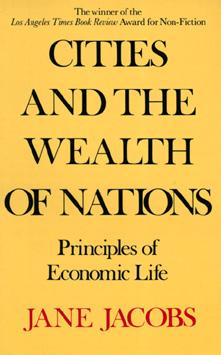
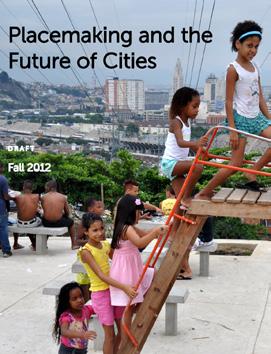
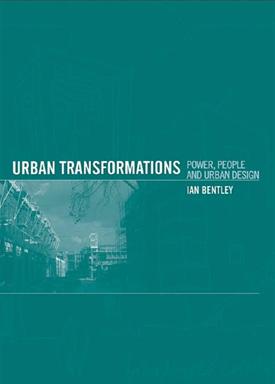
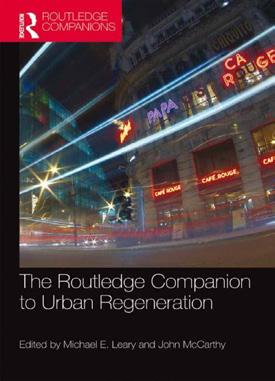



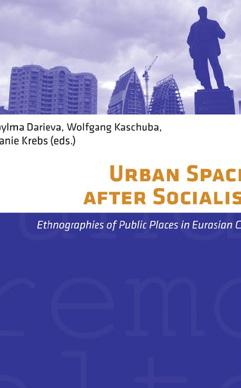
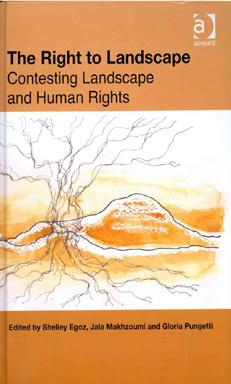
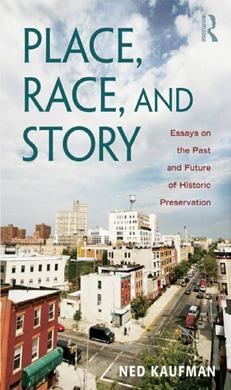
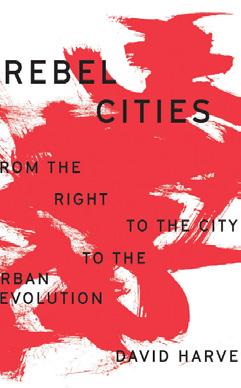
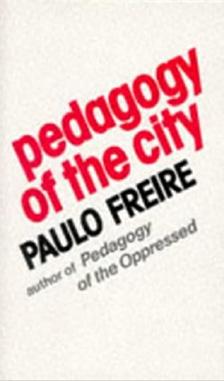

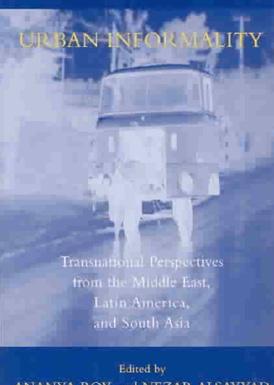
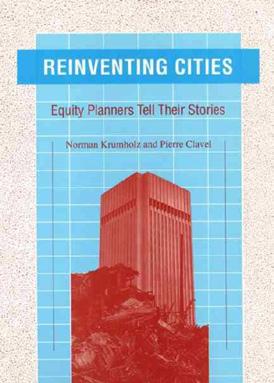
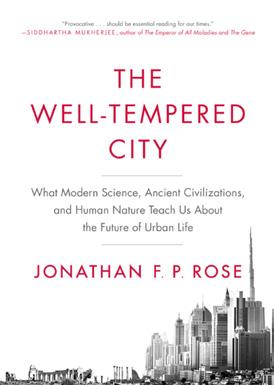
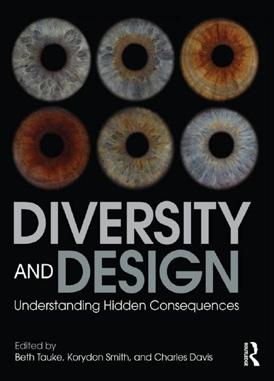

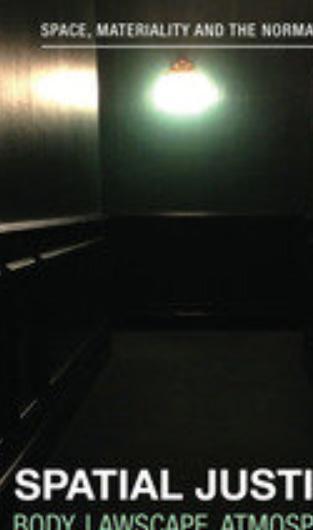

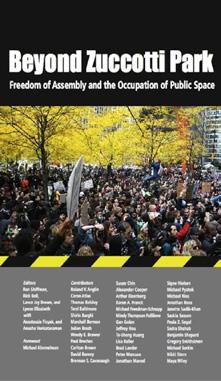
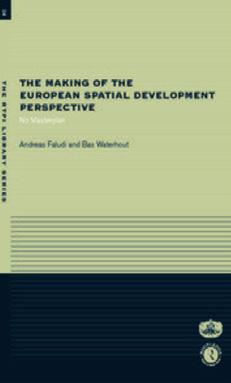
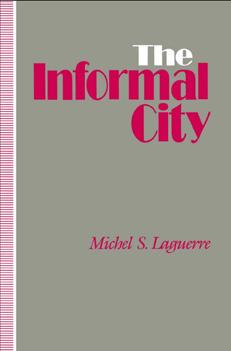
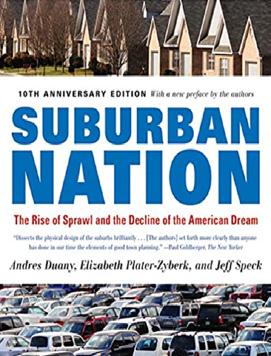
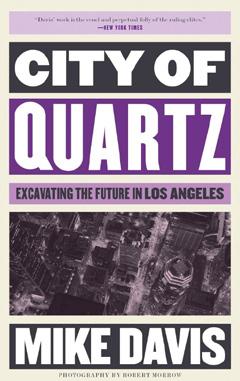



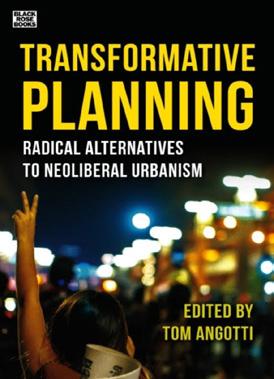
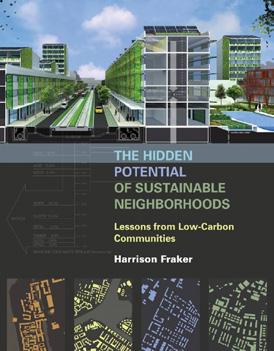
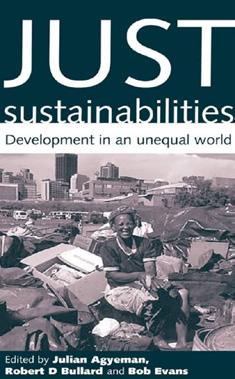


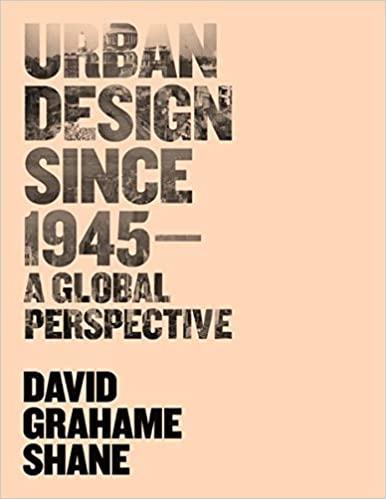
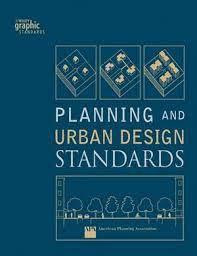
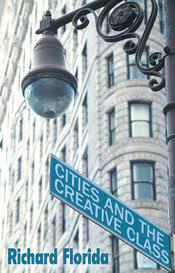


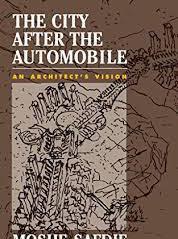

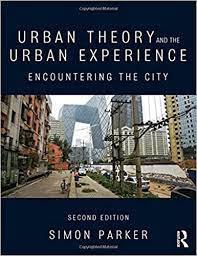

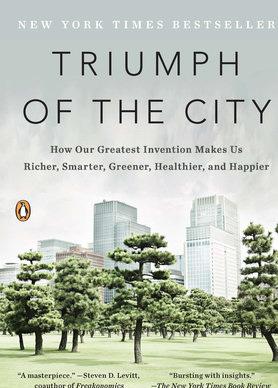
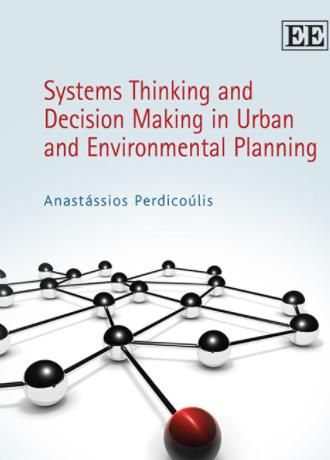
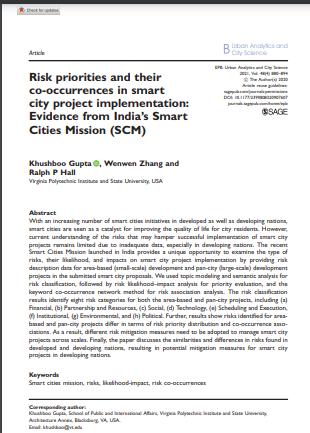
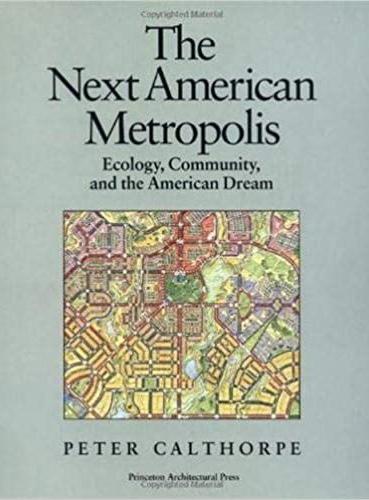
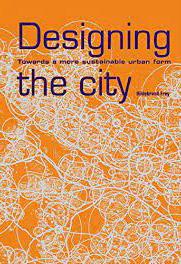
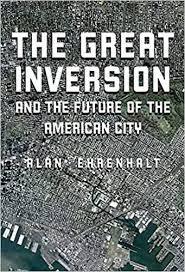
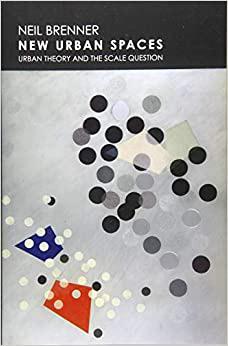

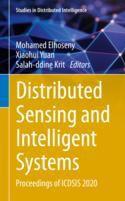
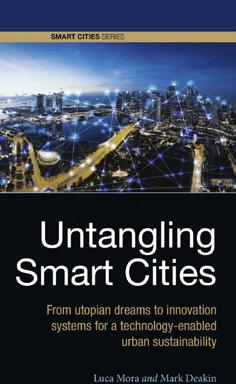
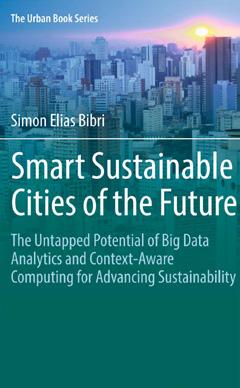
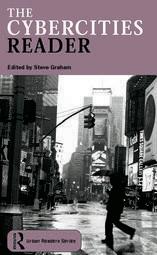
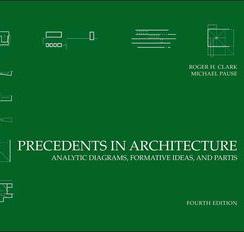


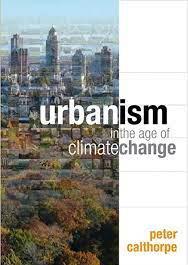
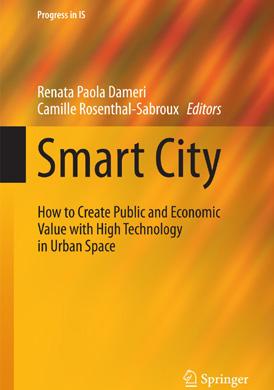
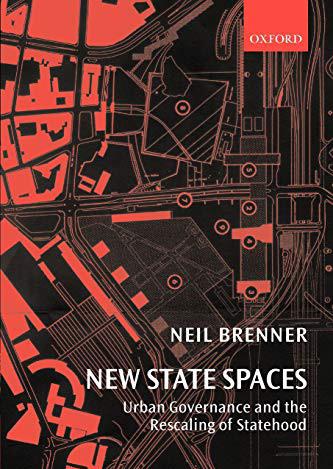
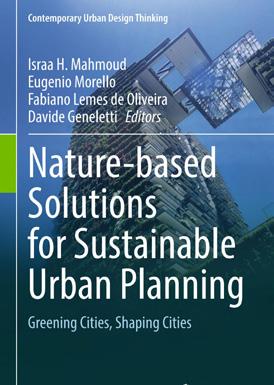

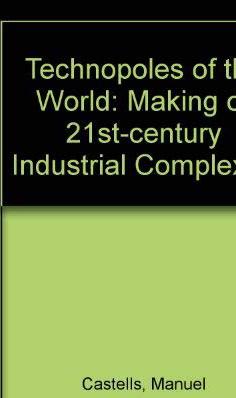

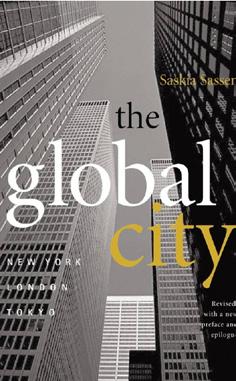
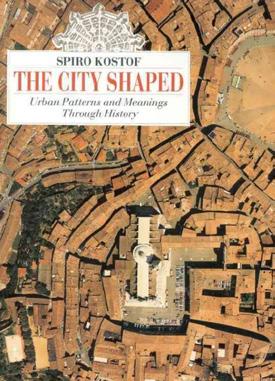






stoplist = set('stopwords.txt'.split(' '))
# In the lecture I made an error here by combining these two lines, which added words #in a different form in a way they shouldn't
texts = [[word.replace(".","").replace(",","") for word in document.lower().split()] for document in combined_paragraphs]
texts = [[word for word in text if (word not in stoplist and len(word)>2)] for text in texts]
to_delete = [] for i in range(len(texts)): t = texts[i]
test = [w for w in t if w.isalpha()] if len(test) < 20: to_delete.append(i)
else: texts[i] = test for i in sorted(to_delete, reverse = True): del texts[i] del combined_paragraphs[i]
# Count word frequencies from collections import defaultdict frequency = defaultdict(int) for text in texts: for token in text: frequency[token] += 1

# Only keep words that appear more than once processed_corpus = [[token for token in text if frequency[token] > 15] for text in texts]
dictionary = corpora.Dictionary(processed_corpus) print(dictionary)
from gensim import models with open(file, 'r', encoding='utf-8') as f: texts = f.readlines()
# Create a dictionary from the corpus of documents #dictionary = corpora.Dictionary([nltk.word_tokenize(text.lower()) for text in texts])
# Convert each document to a bag-of-words representation using the dictionary #bow_corpus = [dictionary.doc2bow(nltk.word_tokenize(text.lower())) for text in texts]
# Create a TF-IDF model from the bag-of-words corpus #tfidf = models.TfidfModel(bow_corpus)
# Use the model to convert each document to a vector representation feature = [] for bow_doc in bow_corpus: tfidf_doc = tfidf[bow_doc] vec = gensim.matutils.sparse2full(tfidf_doc,len(dictionary)) vec = np.array(vec) feature.append(vec)
print(len(feature[0]))
VECTORIZE THE PARAGRAPH
# Return the (g,h) index of the BMU in the grid def find_BMU(SOM,x):
distSq = (np.square(SOM - x)).sum(axis=2) return np.unravel_index(np.argmin(distSq, axis=None), distSq.shape)
# Update the weights of the SOM cells when given a single training example # and the model parameters along with BMU coordinates as a tuple def update_weights(SOM, train_ex, learn_rate, radius_sq, BMU_coord, step=3):
g, h = BMU_coord
#if radius is close to zero then only BMU is changed if radius_sq < 1e-3:
SOM[g,h,:] += learn_rate * (train_ex - SOM[g,h,:])
return SOM
# Change all cells in a small neighborhood of BMU for i in range(max(0, g-step), min(SOM.shape[0], g+step)): for j in range(max(0, h-step), min(SOM.shape[1], h+step)):
dist_sq = np.square(i - g) + np.square(j - h)
dist_func = np.exp(-dist_sq / 2 / radius_sq)
SOM[i,j,:] += learn_rate * dist_func * (train_ex - SOM[i,j,:])
return SOM
# Main routine for training an SOM. It requires an initialized SOM grid # or a partially trained grid as parameter
def train_SOM(SOM, train_data, learn_rate = .1, radius_sq = 1, lr_decay = .1, radius_decay = .1, epochs = 10):
learn_rate_0 = learn_rate
radius_0 = radius_sq
for epoch in np.arange(0, epochs):
rand.shuffle(train_data)
for train_ex in train_data:
g, h = find_BMU(SOM, train_ex)
SOM = update_weights(SOM, train_ex, learn_rate, radius_sq, (g,h)) learn_rate = learn_rate_0 * np.exp(-epoch * lr_decay)
radius_sq = radius_0 * np.exp(-epoch * radius_decay)
return SOM
import numpy as np
def train_SOM(SOM, X, learn_rate, radius_sq, lr_decay, radius_decay, epochs):
# Get the initial learning rate and radius of the neighborhood function init_learn_rate = learn_rate init_radius_sq = radius_sq
for i in range(epochs):
# Shuffle the data
np.random.shuffle(X)
for x in X:
# Reshape x to have shape (1, 1, -1)
# x = x.reshape(1, 1, -1)
# Find the index of the best matching unit (BMU) for the current input x bmu_idx = np.argmin(np.linalg.norm(SOM - x, axis=2))
bmu_m, bmu_n = np.unravel_index(bmu_idx, SOM.shape[:2])
# Update the weights of the BMU and its neighbors according to the neighborhood function for m in range(SOM.shape[0]): for n in range(SOM.shape[1]): dist_to_bmu_sq = (m - bmu_m)**2 + (n - bmu_n)**2 if dist_to_bmu_sq <= radius_sq: learn_rate = init_learn_rate * np.exp(-i * lr_decay) radius = np.sqrt(init_radius_sq) * np.exp(-i * radius_decay)
neighborhood_factor = np.exp(-dist_to_bmu_sq / (2 * radius**2))
SOM[m, n, :] += learn_rate * neighborhood_factor * (x - SOM[m, n, :])
#print(x.shape)
#print(SOM[m,n,:].shape) return SOM
SOM_Bottom-Up
len(combined_paragraphs)=36836
m = 10
n = 10
n_x = 10000
rand = np.random.RandomState(0)
# Initialize the training data
train_data = feature
SOM = rand.uniform(0, 6, (m, n, 7115)).astype(float) fig, ax = plt.subplots( nrows=1, ncols=4, figsize=(15, 3.5), subplot_kw=dict(xticks=[], yticks=[]))
total_epochs = 0
for epochs, i in zip([1, 4, 5, 10], range(0,9)):
total_epochs += epochs
SOM = train_SOM(SOM, feature, learn_rate = .05, radius_sq = 0.5, lr_decay = .05, radius_decay = .05, epochs = 10
SOM Training
RADICALIZATION BEDROOM SANGTIN WRITERS KOPP 1970 LACLAU ENCODE ABURASS 2006 ROBBIE GONE TRAINING EDUCATION STUDIES INSTITUTE REFLECTIONS URBAN OPPRESSED OFTEN ANIMALS TREE ART RENT NUMBER INSTRUMENT WAR CONTINUE RADICAL MOVEMENT REFLECTIONS URBAN GOVERNMENT AID MOVEMENT POLICE COURT POSSESSION KIND REVOLT NEW COLLECTIVE RIGHT OBVIOUS RIGHT CITY YEAR MEANS GOVERNOR CITY COUNTRY HAND NEW URBAN TWO GLOBAL ORGANIZING UNION ORGANIZING UNION RIGHT DEFINITION URBANIZATION INDUSTRIAL CRITICAL STRENGTH REQUIRED SOCIAL BEST TIMES AUTONOMOUS URBANISM MOVEMENTS GLOBAL SHOW SPECIFIC RIGHT WANT COULD PRESENTDAY GRIER URBAN SIVANANDAN 1990 ARLEEN STARED DESK SIDE CRITICAL URBAN URBAN ROOTS DATA BARRY STRIPING DIRECT IDEAS SPACE UNREST CHINESE AROUND GIVEN MOVING COULD SPLACEMENT PERSPECT SHERRENA LOOKED JORI STREET ARCHITECTURE DIVIDE LOCAL AUTONOMY SPECIAL ART ELECTRICITY CONNECTED ANCIENT WAY KNOW GET KNOW ROOM THEORY CONCEPTION UNITY CLASS NEOLIBERAL CLASS ENVIRONMENTS MOVEMENTS PLAZAS PATRONS HABERMAS IMMORALITY NATURAL FRONT RESERVED WOMEN VANETTAS EVICTIONS WITHIN CLEARLY SINCE THINK MOMENT JAYME TAKE BACK NURSING TWICKEL CAPITAL RUBY YES CASTELLS 1983 BRIGHTON VOICE MONOPOLY RENT FOREWORD ROGER GOVERNING AUTHORITIES PROTESTS TIME INTERNATIONAL ACTIVITIES NUMBER MEN AGENCIES FAILING HOMS FOOTBALL NORMS BOTTOM NIEUSMARKT CAMPAIN SAPCE COMMON BOTTOM BILLION AGENDA ACTION TURNAROUND TECHNICAL PUBLIC SAPCE GENTRIFICATION ACTIVITIES RUFUS JUNK REQUIRED DESIGN ARLEEN AUNT MEMBER GOVERNMENTS
SOM_Top-down len(combined_paragraphs)=40866
# Create a figure and a grid of subplots fig, axs = plt.subplots(10, 10, figsize=(20, 20))
# Iterate over the subplots and display text in each cell for ax, word in zip(axs.flat, textGrid):
# Check if the word already has a color assigned if word in word_colors: color = word_colors[word]
else:
# Generate a random color if the word doesn't have a color assigned color = plt.cm.Set2(random.randint(0, 7)) word_colors[word] = color
ax.text(0.5, 0.5, word, fontsize=10, ha='center', va='center') ax.set_facecolor(color)
#ax.set_xticks([])
#ax.set_yticks([])
plt.show()
SOM Visualizing
HYDROLOGY TECHNIQUES ASSESSMENT IDENTIFY ENVIRONMENT MAPPING DATA CITIES ENTERPRISES MAPPING PARK HOUSE ROME MARKETING SITES DEFINING NEIGHBORHOOD INTRODUCTION SEVEN WEST 29 MAY PROVE CONSTRUCTION NEW CONSERVATION FUNCTIONS STREAMBANK STABILIZATION EXPERIENCE TRAIL SOURCE SMUM SOURCE NATIONAL AREAS BUILDINGS FEDERAL PREEMPTION 75 AIRPORT MATER MUNICIPAL GOVERNMENT NATIONAL DAMAGE SOURCE TRANSIT FONTANA COMMUNITY REGIONAL DEMAND BUS RAPID LINKING TRAIL EMPLOYEE FIVE INTERIOR EMOTION GLASS GROSS RESEARCH CONCENTRATIONS LOCATIONAL CHARACTERISTIC DIFFERENT CHOROPLETE URBAN RUNOFF TWENTY RUN HORIZON BEDROCK ANNS CR DESIGN NEW CITY CRITERIA COMMUNITY CITY 158 IBID SITE CIRCULATION 24HOUR MARCKET TRAFFIC SPECIFICALLY HOLLYWOOD CEMETERY PROCESS POLITICAL XI TIME PREDICT GROW NOISE SOURCE HAND WRITTEN FREDERICK R INDUSTRIAL SYSTEMS HIGHRISES VERSUS DAYNIGHT AVERAGE INFORMATION EDUCATION TRAIL ACCESS PARKING LOT USERS ALTHOUGH HIGHLIGHT EVENING 41 GREENSBORO PROFILES CONSISTENT INFILL ADAPTIVE DISTRICTS CULTURAL ENVIRONMET GUIDEBOOK LIGHT PROPER SEASONAL VARIATIONS THREE PHASES LESS LOWER USES HOUSING 0 HUNDRED DIFFER FUTURE PAST THREE SEATTLE TEEN PARENTS NEIGHBORHOOD 10 OWNERSHIP MULTIPULE PHYSICAL STORMWATER WATER SURFACE GENERAL CHARACTERISTIC VISIBLE MAKE LOADING SERVICE REGULATION LAND 109 DAILY ACCESS SERVICES SERVICES GATES LOADING SERVICE BEST MANAGEMENT RW LINE TD 1 TECHNICAL CAPACITY STRAW BALE
[0]
But what am trying to describe now is not whichwe see ourselves re8ected, the huzun we Tofeel this huzun is to see the scenes, evoke becomes thevery illustration, the very essence, when the sun setsearly, of the fathers under home carrying plasticbags. Of the old Bosphorus the middle of winter, wheresleepy sailors scrub the black-and-white television inthe distance; financial crisis to the next and thenwait shivering the barbers who complain that men don'tshave children who play bal between the cars oncobblestoned stand at remote bus stops clutching plasticshopping for the bus that never arrives; of the emptyboathouses teahouses packed to the rafters with unemployed down the city's greatest square onsummer evenings of the broken seesaws in empty parksof one last empty parks; of ship horns boomingthrough the
[1]
of the wooden buildings whose every board creaked the more now that they have become municipal their curtains as they wait for husbands who the old men selling thin religious treatises, courtyards of mosques; of the tens of thousands their facades discolored by dirt, rust, soot, ferries on winter evenings; of the city walls, of the markets that empty in the evenings; of crumbled; of the seagulls perched on rusty barges under the pelting rain; of the tiny ribbons hundred-year-old mansion on the coldest day of the sides of the Galata Bridge; of the cold photographers; of the smell of exhaled breath airs with gilded ceilings, now porn cinemas where you never see a woman alone after sunset; of the state-controlled brothels on one of those from the south; of the young girls who queue rate meat; of the holy messages spelled out holidays that are missing letters where the bulbs
[2] of the walls covered with frayed and blackened Chevrolets that would be museum pieces in any huffing and pu@ng up the city’s narrow alleys with passengers; of the mosques whose lead stolen; of the city cemeteries, which seem like cypress trees; of the dim lights that you see Kadıköy to Karaköy; of the little children in of tissues to every passerby; streets who try passerby; of the clock towers no one ever notices; read about the victories of the Ottoman Empire receive at home; of the days when everyone has compiled or the census can be taken; of the facilitate the search for terrorists and everyone cials”;
[3] of the readers’ letters, squeezed into a corner that the dome of the neighborhood mosque, having cave in and asking why the state has not done crowded intersections; of the overpasses in way; of the girls who read Big Sister Güzin’s newspaper; of the beggars who accost you in the the same spot uttering the same appeal day after hit you on crowded avenues, ships, passageways, selling postcards in the same spot for the past in the windows of Üsküdar at sunset; of the is asleep except for the *shermen heading out calls itself a zoo but houses only two goats of the third-rate singers doing their best to stars in cheap nightclubs, and of *rst-rate singers in never-ending English classes where after six but “yes” and “no”; of the immigrants waiting vegetables, garbage and plastic bags and wastepaper, across abandoned street markets on a winter bargaining in the street markets; of young mothers children;
[4] of all the ships in the sea sounding their a halt to salute the memory of Atatürk at 9:05 cobblestone staircase with so the morning of with so much asphalt poured over it that its were for centuries glorious street fountains of the apartment buildings in the side streets families— of doctors, lawyers, teachers, and apartments listening to the radio in the evenings, packed with knitting and button machines and lowest wages in the city to meet urgent orders; toward Eyüp from the Galata Bridge; of the simit as they wait for customers; of everything being storks 8ying south from the Balkans and northern down over the entire city as they waft over Marmara; of the crowds of men smoking cigarettes during my childhood never failed to end in abject
the melancholy of lstanbul but the huzun in absorb with pride and share as a community evoke the memories, in which the city itself essence, of huizun. I am speaking of the evenings the streetlamps in the back streets returning Bosphorus ferries moored to deserted stations in scrub the decks, pail in hand and one eye on distance; of the old booksellers who lurch from one shivering all day for a customer to appear; of don'tshave as much after an economic crisis; of the oncobblestoned streets; of the covered women who plasticshopping bags and speak to no one as they wait emptyboathouses of the old Bosphorus villas; of the unemployed men, of the patient pimps striding up and evenings in search of one last drunken tourist; last drunken tourist; of the broken seesaws in fog;
creaked even when they were pashas’ mansions, all municipal headquarters; of the women peeking through never manage to come home in the evening; of treatises, prayer beads, and pilgrimage oils in the thousands of identical apartment house entrances, soot, and dust; of the crowds rushing to catch walls, ruins since the end of the Byzantine Empire; of the dervish lodges, the tekkes, that have barges caked with moss and mussels, un8inching of smoke rising from the single chimney of a of the year; of the crowds of men *shing from cold reading rooms of libraries; of the street breath in the movie theaters, once glittering a/ frequented by shamefaced men; of the avenues sunset; of the crowds gathering around the doors those hot blustery days when the wind is coming at the doors of establishments selling cutin lights between the minarets of mosques on bulbs have burned out;
blackened posters; of the tired old dolmuşes, *fties western city but serve here as shared taxis, and dirty thoroughfares; of the buses packed plates and rain gutters are forever being like gateways to a second world, and of their see of an evening on the boats crossing from in the streets who try to sell the same packet try to sell the same packet of tissues to every notices; of the history books in which children Empire and of the beatings these same children has to stay home so the electoral roll can be the days when a sudden curfew is announced to everyone sits at home fearfully awaiting “the o@
corner of the paper and read by no one, announcing having stood for some 375 years, has begun to done something; of the underpasses in the most in which every step is broken in a di/erent Güzin’s column in Freedom, Turkey’s most popular the least likely places and those who stand in after day; of the powerful whi/s of urine that passageways, and underpasses; of the man who has been past forty years; of the reddish-orange glint earliest hours of the morning, when everyone out to sea; of that corner of Gülhane Park that and three bored cats, languishing in cages; to imitate American vocalists and Turkish pop singers too; of the bored high school students six years no one has learned to say anything waiting on the Galata docks; of the fruits and wastepaper, empty sacks, boxes, and chests strewn evening; of beautiful covered women timidly mothers struggling down streets with their three
horns at the same time as the city comes to 9:05 on the morning of November tenth; of a of November tenth; of a cobblestone staircase steps have disappeared; of marble ruins that fountains but now stand dry, their faucets stolen; streets where during my childhood middle-class their wives and children—would sit in their evenings, and where today the same apartments are young girls working all night long for the orders; of the view of the Golden Horn, looking simit vendors on the pier who gaze at the view being broken, worn out, past its prime; of the northern and western Europe as autumn nears, gazing the Bosphorus and the islands of the Sea of cigarettes after the national soccer matches, which abject defeat: I speak of them all
BU_[0]
... gray spaces have become a dominant feature of contemporary urbanism, mainly, but far from solely, in the less developed world. While the concept also covers the creation of informal spaces “from above” by powerful groups linked to the centers of power (Yiftachel, 2009), this chapter focuses on the most common expression of this phenomenon – the creation of peripheral, weakened, and marginalized spaces. Yet, communities subject to “gray spacing” are far from powerless recipients of urban policies , as they generate new mobilizations and insurgent identities, employ innovative tactics of survival, and use gray spaces as bases for self organization, negotiation, and empowerment. To be sure, power relations are heavily skewed in favor of the state, developers, or middle classes. Yet the “invisible” population of informal settlement is indeed an important actor in shaping cities and regions.
BU_[1]
...Neglect took over the souk as it had taken over everything else, printing its marks on both body and soul, as any illness would do. To see the beauty of the place you would have had to stand away and look very hard, trying to filter out the jammed cars that turned exteriors into smoke-charred billboards covered with torn posters plastered over one another, the discordant shop signs, and the general sense of a vandalized amenity for which no one much cared. But one thing was easy to observe, and that was the vibrant life inside: the whole city lived and worked there, constantly going in and out on errands, like bees in a hive.
BU_[2]
...The demand comes from those directly in want, directly oppressed, those for whom even their most immediate needs are not fulfilled: the homeless, the hungry, the imprisoned, the persecuted on gender, religious, racial grounds. It is a demand of those whose work injures their health, those whose income is below subsistence, those excluded from the benefits of urban life. The aspiration comes rather from those superficially integrated into the system and sharing in its material benefits, but constrained in their opportunities for creative activity, oppressed in their social relationships, guilty perhaps about an undeserved prosperity, unfulfilled in their lives’ hopes. The discussion of the role of art, and of an aesthetic revulsion against the results of the existing order of things, is relevant (Miles, forthcoming). For both, their enforced onedimensionality eats away at their humanity, and from the same source, but it does it in different ways.
BU_[3]
...There is a hidden order behind the appearance of the visual (and functional) ‘mess’ of the stoops of the tenement buildings of New York’s Lower East Side. People use the steps in ways that are based on improvised acts and gestures which develop according to this collectively recognized hidden order. ‘Improvisation is a user’s craft’ (ibid.: 236). This craft is shared and keeps on producing spaces to be shared. But if we choose to focus on the community of users rather than on the individual user-craftsman, then we can observe how such a community emerges as the sometimes contingent, sometimes habitual confluence of various micro-communities. Only if we abandon the idea that comes from the musical improvisation metaphor according to which there should be some kind of formal rules and consistency underlying improvised acts can we possibly capture the inherently negotiable character of an expanding commoning process.
BU_[4]
Lack of Planning for Public Spaces. All over the world, sprawl development is allowed to spread without any plan for public space. Sometimes, builders create “public” space that is actually private — behind the walls of gated communities, inside malls that are patrolled by security guards, or within exclusive clublike recreational areas. All of these types of spaces create the illusion that public space exists, but in actuality function to separate people by class and income, as well as sometimes by ethnicity and religion.
[0]
But what am trying to describe now is not whichwe see ourselves re8ected, the huzun we Tofeel this huzun is to see the scenes, evoke becomes thevery illustration, the very essence, when the sun setsearly, of the fathers under home carrying plasticbags. Of the old Bosphorus the middle of winter, wheresleepy sailors scrub the black-and-white television inthe distance; financial crisis to the next and thenwait shivering the barbers who complain that men don'tshave children who play bal between the cars oncobblestoned stand at remote bus stops clutching plasticshopping for the bus that never arrives; of the emptyboathouses teahouses packed to the rafters with unemployed down the city's greatest square onsummer evenings of the broken seesaws in empty parksof one last empty parks; of ship horns boomingthrough the
[1]
of the wooden buildings whose every board creaked the more now that they have become municipal their curtains as they wait for husbands who the old men selling thin religious treatises, courtyards of mosques; of the tens of thousands their facades discolored by dirt, rust, soot, ferries on winter evenings; of the city walls, of the markets that empty in the evenings; of crumbled; of the seagulls perched on rusty barges under the pelting rain; of the tiny ribbons hundred-year-old mansion on the coldest day of the sides of the Galata Bridge; of the cold photographers; of the smell of exhaled breath airs with gilded ceilings, now porn cinemas where you never see a woman alone after sunset; of the state-controlled brothels on one of those from the south; of the young girls who queue rate meat; of the holy messages spelled out holidays that are missing letters where the bulbs
[2] of the walls covered with frayed and blackened Chevrolets that would be museum pieces in any huffing and pu@ng up the city’s narrow alleys with passengers; of the mosques whose lead stolen; of the city cemeteries, which seem like cypress trees; of the dim lights that you see Kadıköy to Karaköy; of the little children in of tissues to every passerby; streets who try passerby; of the clock towers no one ever notices; read about the victories of the Ottoman Empire receive at home; of the days when everyone has compiled or the census can be taken; of the facilitate the search for terrorists and everyone cials”;
[3] of the readers’ letters, squeezed into a corner that the dome of the neighborhood mosque, having cave in and asking why the state has not done crowded intersections; of the overpasses in way; of the girls who read Big Sister Güzin’s newspaper; of the beggars who accost you in the the same spot uttering the same appeal day after hit you on crowded avenues, ships, passageways, selling postcards in the same spot for the past in the windows of Üsküdar at sunset; of the is asleep except for the *shermen heading out calls itself a zoo but houses only two goats of the third-rate singers doing their best to stars in cheap nightclubs, and of *rst-rate singers in never-ending English classes where after six but “yes” and “no”; of the immigrants waiting vegetables, garbage and plastic bags and wastepaper, across abandoned street markets on a winter bargaining in the street markets; of young mothers children;
[4]
of all the ships in the sea sounding their a halt to salute the memory of Atatürk at 9:05 cobblestone staircase with so the morning of with so much asphalt poured over it that its were for centuries glorious street fountains of the apartment buildings in the side streets families— of doctors, lawyers, teachers, and apartments listening to the radio in the evenings, packed with knitting and button machines and lowest wages in the city to meet urgent orders; toward Eyüp from the Galata Bridge; of the simit as they wait for customers; of everything being storks 8ying south from the Balkans and northern down over the entire city as they waft over Marmara; of the crowds of men smoking cigarettes during my childhood never failed to end in abject
the melancholy of lstanbul but the huzun in absorb with pride and share as a community evoke the memories, in which the city itself essence, of huizun. I am speaking of the evenings the streetlamps in the back streets returning Bosphorus ferries moored to deserted stations in scrub the decks, pail in hand and one eye on distance; of the old booksellers who lurch from one shivering all day for a customer to appear; of don'tshave as much after an economic crisis; of the oncobblestoned streets; of the covered women who plasticshopping bags and speak to no one as they wait emptyboathouses of the old Bosphorus villas; of the unemployed men, of the patient pimps striding up and evenings in search of one last drunken tourist; last drunken tourist; of the broken seesaws in fog;
creaked even when they were pashas’ mansions, all municipal headquarters; of the women peeking through never manage to come home in the evening; of treatises, prayer beads, and pilgrimage oils in the thousands of identical apartment house entrances, soot, and dust; of the crowds rushing to catch walls, ruins since the end of the Byzantine Empire; of the dervish lodges, the tekkes, that have barges caked with moss and mussels, un8inching of smoke rising from the single chimney of a of the year; of the crowds of men *shing from cold reading rooms of libraries; of the street breath in the movie theaters, once glittering a/ frequented by shamefaced men; of the avenues sunset; of the crowds gathering around the doors those hot blustery days when the wind is coming at the doors of establishments selling cutin lights between the minarets of mosques on bulbs have burned out;
blackened posters; of the tired old dolmuşes, *fties western city but serve here as shared taxis, and dirty thoroughfares; of the buses packed plates and rain gutters are forever being like gateways to a second world, and of their see of an evening on the boats crossing from in the streets who try to sell the same packet try to sell the same packet of tissues to every notices; of the history books in which children Empire and of the beatings these same children has to stay home so the electoral roll can be the days when a sudden curfew is announced to everyone sits at home fearfully awaiting “the o@
corner of the paper and read by no one, announcing having stood for some 375 years, has begun to done something; of the underpasses in the most in which every step is broken in a di/erent Güzin’s column in Freedom, Turkey’s most popular the least likely places and those who stand in after day; of the powerful whi/s of urine that passageways, and underpasses; of the man who has been past forty years; of the reddish-orange glint earliest hours of the morning, when everyone out to sea; of that corner of Gülhane Park that and three bored cats, languishing in cages; to imitate American vocalists and Turkish pop singers too; of the bored high school students six years no one has learned to say anything waiting on the Galata docks; of the fruits and wastepaper, empty sacks, boxes, and chests strewn evening; of beautiful covered women timidly mothers struggling down streets with their three
TD_[0]
...These are linked with each other by a public transport system of higher order, for instance light rail transit (LRT). Districts in turn may form clusters around a centre of provision of yet higher order, for instance town centres linked with each other by a transport system of yet higher order, for instance the railway; and so on. In short, the micro-structure of the city is expected to be hierarchical with regard to both the development of clusters (from neighbourhood to districts, town, city, each with appropriate centres of provision) and the transport systems (from bus to LRT to railway with appropriate nodes of transport intersections at the centres of the respective spatial units). This structure and the nature of the different spatial units need to be investigated in more detail.
TD_[1]
...Neglect took over the souk as it had taken over everything else, printing its marks on both body and soul, as any illness would do. To see the beauty of the place you would have had to stand away and look very hard, trying to filter out the jammed cars that turned exteriors into smoke-charred billboards covered with torn posters plastered over one another, the discordant shop signs, and the general sense of a vandalized amenity for which no one much cared. But one thing was easy to observe, and that was the vibrant life inside: the whole city lived and worked there, constantly going in and out on errands, like bees in a hive.
TD_[2]
...There is a hidden order behind the appearance of the visual (and functional) ‘mess’ of the stoops of the tenement buildings of New York’s Lower East Side. People use the steps in ways that are based on improvised acts and gestures which develop according to this collectively recognized hidden order. ‘Improvisation is a user’s craft’ (ibid.: 236). This craft is shared and keeps on producing spaces to be shared. But if we choose to focus on the community of users rather than on the individual user-craftsman, then we can observe how such a community emerges as the sometimes contingent, sometimes habitual confluence of various micro-communities. Only if we abandon the idea that comes from the musical improvisation metaphor according to which there should be some kind of formal rules and consistency underlying improvised acts can we possibly capture the inherently negotiable character of an expanding commoning process.
TD_[3]
USbanists have noted the importance of diversity and creativity as a key factor in city growth and development. In her classic work on cities, Jacobs called attention to the role of creativity and diversity as engines for city growth.15 She noted the significance of eclecticism and inventiveness as important components of city life. She also highlighted the role of older, underutilized buildings of the sort associated with bohemian enclaves as important spaces of innovation, writing that, “New Ideas occur in old buildings.”
TD_[4]
horns at the same time as the city comes to 9:05 on the morning of November tenth; of a of November tenth; of a cobblestone staircase steps have disappeared; of marble ruins that fountains but now stand dry, their faucets stolen; streets where during my childhood middle-class their wives and children—would sit in their evenings, and where today the same apartments are young girls working all night long for the orders; of the view of the Golden Horn, looking simit vendors on the pier who gaze at the view being broken, worn out, past its prime; of the northern and western Europe as autumn nears, gazing the Bosphorus and the islands of the Sea of cigarettes after the national soccer matches, which abject defeat: I speak of them all
A biological features map illustrates the most important biological features of a site. In addition to helping professional planners, such a map can assist elected officials, planning commissioners, and citizens to understand the value of plants and animals.The map shown here focuses on existing trees and land-cover types required to sustain a new block of main street retail. As public financial resources shrink, adding density is often critical to paying for parks, street trees, community services, and other “building blocks” of livability. Similarly, increased densities, accompanied by internal subsidies from market-rate units, are one mechanism for providing affordable housing. Increasing densities promotes diversity by supporting a wider range of housing types within a neighborhood. Physical design can create or extend a sphere of influence. In this setting, users develop a sense of territorial control, while potential offenders perceive this control and are discouraged from their criminal intentions. Territorial reinforcement is promoted by features that define property lines and distinguish private spaces from public spaces such as landscape plantings, pavement design, gateway treatments, and fences.
BU_[0]
... gray spaces have become a dominant feature of contemporary urbanism, mainly, but far from solely, in the less developed world. While the concept also covers the creation of informal spaces “from above” by powerful groups linked to the centers of power (Yiftachel, 2009), this chapter focuses on the most common expression of this phenomenon – the creation of peripheral, weakened, and marginalized spaces. Yet, communities subject to “gray spacing” are far from powerless recipients of urban policies , as they generate new mobilizations and insurgent identities, employ innovative tactics of survival, and use gray spaces as bases for self organization, negotiation, and empowerment. To be sure, power relations are heavily skewed in favor of the state, developers, or middle classes. Yet the “invisible” population of informal settlement is indeed an important actor in shaping cities and regions.
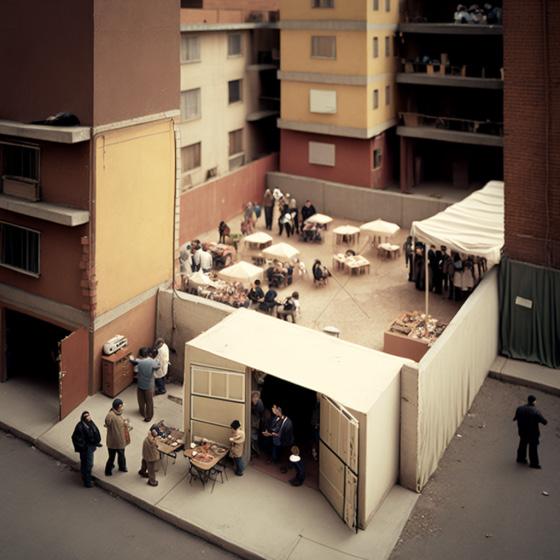
BU_[1]
...Neglect took over the souk as it had taken over everything else, printing its marks on both body and soul, as any illness would do. To see the beauty of the place you would have had to stand away and look very hard, trying to filter out the jammed cars that turned exteriors into smoke-charred billboards covered with torn posters plastered over one another, the discordant shop signs, and the general sense of a vandalized amenity for which no one much cared. But one thing was easy to observe, and that was the vibrant life inside: the whole city lived and worked there, constantly going in and out on errands, like bees in a hive.
BU_[2]

...The demand comes from those directly in want, directly oppressed, those for whom even their most immediate needs are not fulfilled: the homeless, the hungry, the imprisoned, the persecuted on gender, religious, racial grounds. It is a demand of those whose work injures their health, those whose income is below subsistence, those excluded from the benefits of urban life. The aspiration comes rather from those superficially integrated into the system and sharing in its material benefits, but constrained in their opportunities for creative activity, oppressed in their social relationships, guilty perhaps about an undeserved prosperity, unfulfilled in their lives’ hopes. The discussion of the role of art, and of an aesthetic revulsion against the results of the existing order of things, is relevant (Miles, forthcoming). For both, their enforced onedimensionality eats away at their humanity, and from the same source, but it does it in different ways.
BU_[3]
...There is a hidden order behind the appearance of the visual (and functional) ‘mess’ of the stoops of the tenement buildings of New York’s Lower East Side. People use the steps in ways that are based on improvised acts and gestures which develop according to this collectively recognized hidden order. ‘Improvisation is a user’s craft’ (ibid.: 236). This craft is shared and keeps on producing spaces to be shared. But if we choose to focus on the community of users rather than on the individual user-craftsman, then we can observe how such a community emerges as the sometimes contingent, sometimes habitual confluence of various micro-communities. Only if we abandon the idea that comes from the musical improvisation metaphor according to which there should be some kind of formal rules and consistency underlying improvised acts can we possibly capture the inherently negotiable character of an expanding commoning process.
BU_[4]
Lack of Planning for Public Spaces. All over the world, sprawl development is allowed to spread without any plan for public space. Sometimes, builders create “public” space that is actually private — behind the walls of gated communities, inside malls that are patrolled by security guards, or within exclusive clublike recreational areas. All of these types of spaces create the illusion that public space exists, but in actuality function to separate people by class and income, as well as sometimes by ethnicity and religion.
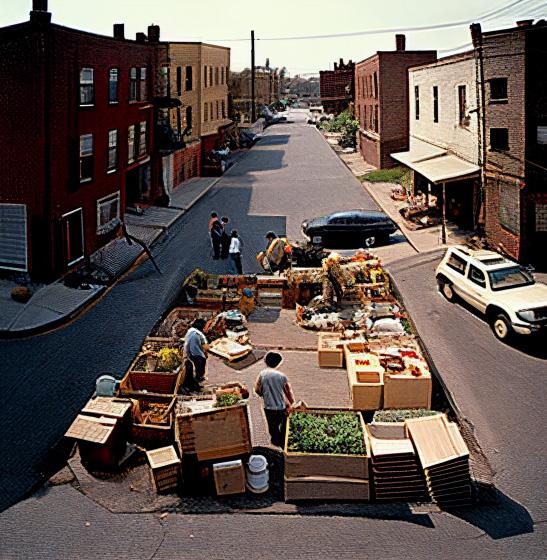
TD_[0]
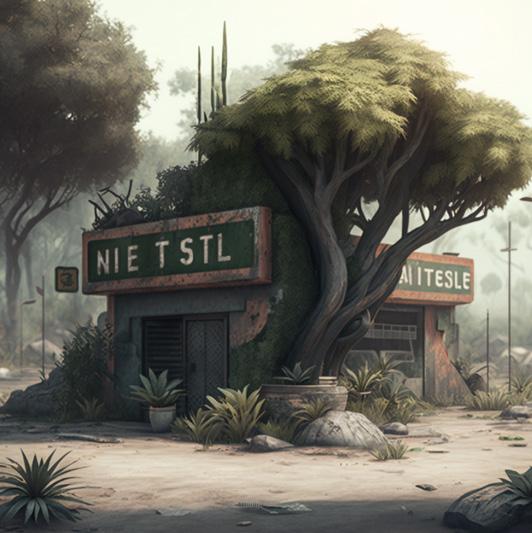
...These are linked with each other by a public transport system of higher order, for instance light rail transit (LRT). Districts in turn may form clusters around a centre of provision of yet higher order, for instance town centres linked with each other by a transport system of yet higher order, for instance the railway; and so on. In short, the micro-structure of the city is expected to be hierarchical with regard to both the development of clusters (from neighbourhood to districts, town, city, each with appropriate centres of provision) and the transport systems (from bus to LRT to railway with appropriate nodes of transport intersections at the centres of the respective spatial units). This structure and the nature of the different spatial units need to be investigated in more detail.
TD_[1]
...Neglect took over the souk as it had taken over everything else, printing its marks on both body and soul, as any illness would do. To see the beauty of the place you would have had to stand away and look very hard, trying to filter out the jammed cars that turned exteriors into smoke-charred billboards covered with torn posters plastered over one another, the discordant shop signs, and the general sense of a vandalized amenity for which no one much cared. But one thing was easy to observe, and that was the vibrant life inside: the whole city lived and worked there, constantly going in and out on errands, like bees in a hive.
TD_[2]
...There is a hidden order behind the appearance of the visual (and functional) ‘mess’ of the stoops of the tenement buildings of New York’s Lower East Side. People use the steps in ways that are based on improvised acts and gestures which develop according to this collectively recognized hidden order. ‘Improvisation is a user’s craft’ (ibid.: 236). This craft is shared and keeps on producing spaces to be shared. But if we choose to focus on the community of users rather than on the individual user-craftsman, then we can observe how such a community emerges as the sometimes contingent, sometimes habitual confluence of various micro-communities. Only if we abandon the idea that comes from the musical improvisation metaphor according to which there should be some kind of formal rules and consistency underlying improvised acts can we possibly capture the inherently negotiable character of an expanding commoning process.
TD_[3]
Urbanists have noted the importance of diversity and creativity as a key factor in city growth and development. In her classic work on cities, Jacobs called attention to the role of creativity and diversity as engines for city growth.15 She noted the significance of eclecticism and inventiveness as important components of city life. She also highlighted the role of older, underutilized buildings of the sort associated with bohemian enclaves as important spaces of innovation, writing that, “New Ideas occur in old buildings.”
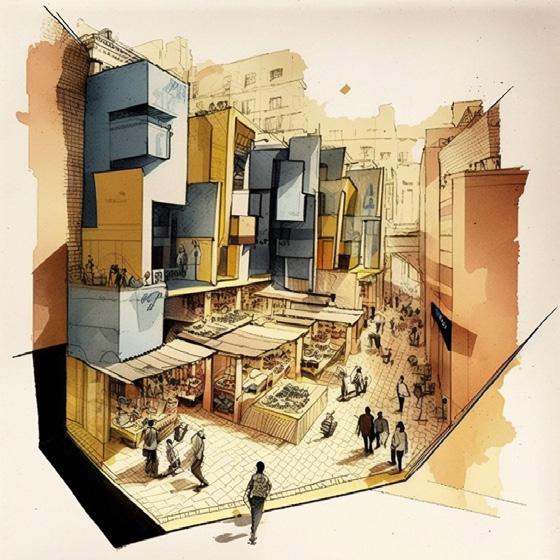
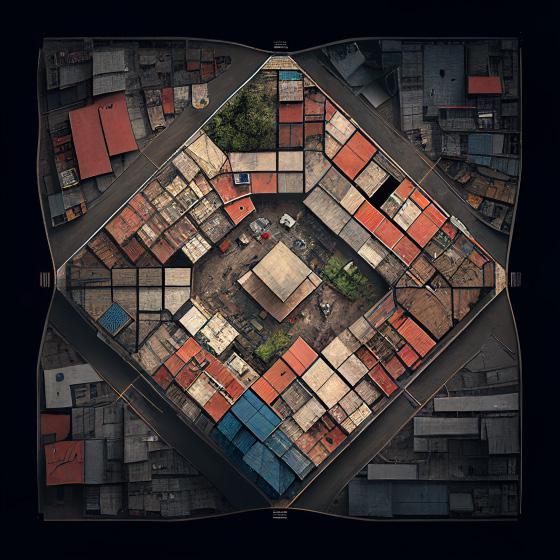
TD_[4]
A biological features map illustrates the most important biological features of a site. In addition to helping professional planners, such a map can assist elected officials, planning commissioners, and citizens to understand the value of plants and animals.The map shown here focuses on existing trees and land-cover types required to sustain a new block of main street retail. As public financial resources shrink, adding density is often critical to paying for parks, street trees, community services, and other “building blocks” of livability. Similarly, increased densities, accompanied by internal subsidies from market-rate units, are one mechanism for providing affordable housing. Increasing densities promotes diversity by supporting a wider range of housing types within a neighborhood. Physical design can create or extend a sphere of influence. In this setting, users develop a sense of territorial control, while potential offenders perceive this control and are discouraged from their criminal intentions. Territorial reinforcement is promoted by features that define property lines and distinguish private spaces from public spaces such as landscape plantings, pavement design, gateway treatments, and fences.
MICRO-COMMUNITIES/NEIGHBORHOOD COLLECTIVELY/BIOLOGICAL HIDDEN ORDER/UNITS



HOMELES/NEIGHBORHOOD HUMANITY/PLANNING HIDDEN ORDER/UNITS
GRAY SPACES/PUBLIC TRANSPORT INVISIBLE/SPATIAL UNIT INFORMAL/STRUCTURE
GATED COMMUNITIES/SECURITY PUBLIC SPACES/CONSUMPTION PRIVATE/SOCIAL RELATIONS
PARK/STREET RETAIL BEAUTY OF THE PLACE/DISCORDANT SHOP SIGNS LANDSCAPE PLANTINGS/VANDALIZED AMENITY

URBAN ‘CELLS’/SOUK LOCAL SERVICES AND FACILITIES/ VANDALIZED AMENITY MICRO-STRUCTURE OF THE CITY/ VIBRANT LIFE


BU_[3] TD_[4] BU_[4] TD_[2] BU_[1] TD_[4] BU_[1] TD_[0] BU_[2] TD_[4] BU_[0] TD_[0]
“I imagined all four of my heroes standing on the same corner at the exact same time, walking down the same alleyways in the same rainstorms, their paths occasionally crossing. "
---Orhan Pamuk
Istanbul: Memories and the City pg147
But what am trying to describe now is not ...the melancholy of lstanbul but the huzun in whichwe see ourselves re8ected, the huzun we absorb with pride and share as a community. Tofeel this huzun is to see the scenes, evoke the memories, in which the city itself becomes thevery illustration, the very essence, of huizun. I am speaking of the evenings when the sun setsearly, of the fathers under the streetlamps in the back streets returning home carrying plasticbags. Of the old Bosphorus ferries moored to deserted stations..... ...






RADICALIZATION BEDROOM SANGTIN WRITERS KOPP 1970 LACLAU ENCODE ABURASS 2006 ROBBIE GONE TRAINING EDUCATION STUDIES INSTITUTE REFLECTIONS NUMBER INSTRUMENT RADICAL MOVEMENT REFLECTIONS URBAN GOVERNMENT AID MOVEMENT POLICE COURT POSSESSION KIND REVOLT NEW COLLECTIVE RIGHT OBVIOUS RIGHT CITY YEAR MEANS GOVERNOR CITY COUNTRY HAND NEW URBAN TWO GLOBAL ORGANIZING UNION ORGANIZING UNION RIGHT DEFINITION URBANIZATION INDUSTRIAL CRITICAL STRENGTH REQUIRED SOCIAL BEST TIMES AUTONOMOUS URBANISM MOVEMENTS GLOBAL SHOW SPECIFIC RIGHT WANT COULD PRESENTDAY GRIER URBAN SIVANANDAN 1990 ARLEEN STARED DESK SIDE CRITICAL URBAN URBAN ROOTS DATA BARRY STRIPING DIRECT IDEAS SPACE UNREST CHINESE AROUND GIVEN MOVING COULD SPLACEMENT PERSPECT SHERRENA LOOKED JORI STREET ARCHITECTURE DIVIDE LOCAL AUTONOMY SPECIAL ART ELECTRICITY CONNECTED ANCIENT WAY KNOW WOMEN VANETTAS GOVERNING AUTHORITIES PROTESTS TIME INTERNATIONAL ACTIVITIES NUMBER MEN AGENCIES FAILING HOMS FOOTBALL NORMS BOTTOM NIEUSMARKT CAMPAIN SAPCE COMMON BOTTOM BILLION AGENDA ACTION TURNAROUND TECHNICAL PUBLIC SAPCE GENTRIFICATION ACTIVITIES RUFUS JUNK REQUIRED DESIGN ARLEEN AUNT MEMBER GOVERNMENTS 1 2 4 5
https://www.tumblr.com/ruijiaxiong/712362731473403904?source=share
CONCEPT:
CITY IS AS A PROGRESS OF CONFLICTS
METHODOLOGY:
FIND A WAY OF VISUALISATION
CREATE TWO PERSONAS AS THE PROTOTYPE OF THE CITY
BETWEEN BOTTOM-UP AND TOP-DOWN
FIND THE BEST MATCHING UNIT
REFLECT THE ‘CITY’ WITH ISTANBUL CONTEXT TRAIN A SOM
BOTTOM-UP TOP-DOWN
SOM1: THE THEORY OF BOTTOM-UP SOM2: THE THEORY OF TOP-DOWN
MARCO POLO ‘ISTANBUL: MEMORIES AND THE CITY’ KUBLAI
1 2 3 4 5
‘ISTANBUL: MEMORIES AND THE CITY’
THANKYOU
THANKYOU
THANKYOU
THANKYOU
THANKYOU
THANKYOU
THANKYOU
THANKYOU
THANKYOU
THANKYOU
THANKYOU
THANKYOU
THANKYOU
THANKYOU
THANKYOU
THANKYOU
THANKYOU
THANKYOU
DONGCHENDU
RUIJIAXIONG
CHENSHILIN
RC11
THANKYOU
THANKYOU
THANKYOU
THANKYOU
THANKYOU
THANKYOU
THANKYOU
THANKYOU
THANKYOU
THANKYOU
THANKYOU
THANKYOU
THANKYOU
THANKYOU
THANKYOU
THANKYOU
THANKYOU




 Cybernetics and traditional planning
Cybernetics and traditional planning























 Robert Moses
U.S. city planners and public officials
Jane Jacobs
The Death and Life of Great American Cities
Robert Moses
U.S. city planners and public officials
Jane Jacobs
The Death and Life of Great American Cities



































































































